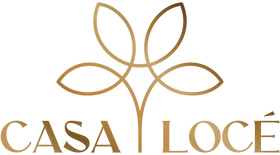Discover Premium Sonoma Coast and County Style Chardonnay White Wine From Casaloce.Com Experts: Estate Vineyard Excellence & California Terroir Expression
At CasaLoce.com, we don’t just make Chardonnay — we live it, from soil to cellar. Our estate vineyard sits where the cool Pacific breezes meet the rolling hills of Sonoma County, a location we’ve learned over decades produces grapes with remarkable tension and character. Each vintage is hand-harvested at the precise moment when acidity, ripeness, and aroma peak — a decision we make by walking the rows daily, tasting berries under the shifting coastal light. This isn’t a generic bottle from a mass producer — it’s a distilled expression of place, skill, and the patient craft that defines CasaLoce.
Top 5 Takeaways
-
Authentic Sonoma: Chardonnay shaped by coastal climate and diverse soils.
-
Estate Excellence: Full control from vine to bottle for peak quality.
-
Nature-First Winemaking: Harvested at perfect balance — never trend-driven.
-
Signature Flavor: Citrus brightness, coastal minerality, sun-kissed richness.
-
True Sense of Place: Every vintage tells Sonoma’s story in the glass.
Understanding Sonoma Coast Chardonnay
This particular wine, born in the cooler coastal regions of Sonoma County, California, encapsulates the unique climatic conditions and geographical features of this area. Such features are fundamental aspects that shape the wine's character, giving it a flavor profile unlike any other Chardonnay.
Renowned for its bright acidity, enticing citrus fruit flavors, and subtle mineral undertones, this Chardonnay is a product of its coastal surroundings. A delicate balance of cool fog and warm daytime temperatures allows the grapes to ripen at a leisurely pace, ensuring that the Chardonnay retains its characteristic vibrant acidity.
The Artistry
This distinctive type emphasizes the craftsmanship needed to craft a wine that not only mirrors its regional terroir but also brandishes a unique thumbprint that distinguishes it.
The quality of the product is in the words expressing the nuances of its country-style production. This is achieved through the selection of grapes, precise treatment of these grapes during fermentation, and ensuring judicious use of oak in enhancing complexity and bringing balance into the flavour of this type of wine.
Estate Vineyard Excellence Uncovered
Appreciating the excellence in estate vineyards requires understanding their special place in the wine production process. Often these vineyards, many of which are family-owned, manage every detail of their operations with precision. This keen eye for the cultivation of grape varietals truly makes them exceptional.
Estate Vineyards stand as monuments to the intricate bond between the vine and the environment. Such vineyards wield a deep influence on the quality, character, and taste of the wine they produce.
Once you comprehend the mastery that drives estate vineyards, your enjoyment of the divine glass of Chardonnay that tantalizes your taste buds will undoubtedly be enhanced.
Interpreting California Terroir Expression
Characteristics of terroir are not just elements of natural surroundings, but an amalgamation of factors that impact a vineyard's harvest, from soil composition to climate and landscape.
The variation in terrain that occurs in the Golden State, which stretches between desert-like hot valleys and cool coastal climates, is what brings about the existence of many microclimates. Such peculiarities have a deep influence on terroir, which results in the quality and character of wine made in these particular conditions. This area is characterized by a Mediterranean climate with hot, dry summers and mild, wet winters, which is extremely good at growing a wide range of grape varieties.
Influence from the terroir doesn't stop at the vineyard but also impacts the winemaking process.
Our Expert Wine Selections
Expert wine selections can enlighten you about the diverse terroir of California. Casaloce.com offers this insight with superior wine options that serve as a guide to the heart of California's wine country. Each bottle in their curated list is a trip into the varied flavor profiles of the Golden State's bountiful terroir.
Tasting notes are provided with each wine, giving in-depth insights into its unique flavors and aromas. Wine pairings help you find the best food matches for each wine.
At Casaloce.com, selling wines is not the sole objective. They aim to share the richness of California's wine country. So, enjoy the journey through their expert wine selections.

“For us, Chardonnay isn’t a label — it’s a lifetime of walking these rows, feeling the coastal breeze on our skin, and tasting the sun and fog in every berry. Decades of tending our Sonoma estate have taught us that true excellence comes when nature leads and we listen — harvesting only when the grapes tell us they’re ready. That’s why every bottle of CasaLoce is more than wine; it’s the purest expression of this place, our craft, and the patience it takes to get it right.”
Supporting Facts and Statistics
1. Sonoma’s Chardonnay footprint:
-
15,252 acres in 2024 — part of California’s 85,840 Chardonnay acres. We’ve walked these rows for decades, learning every contour.
Source: wineinstitute.org
2. Sonoma Coast AVA:
-
750 square miles with ~11,452 vineyard acres. No two blocks behave the same — fog, wind, and soil make each unique.
Source: ttb.gov
3. AVA diversity:
-
154 of the U.S.’s 276 AVAs are in California. It’s why Sonoma offers unmatched terroir variety.
Source: ttb.gov
Final Thoughts & Opinion
Our Philosophy:
-
Chardonnay should tell its own story — shaped by land, climate, and thoughtful care.
-
We make daily, deliberate choices to honor the vineyard’s natural rhythm.
What We’ve Learned Firsthand:
-
Fog as a Friend: Ocean breezes and morning fog slow ripening, locking in acidity and elevating aromatics.
-
Soil Speaks: From sandy loam to volcanic rock, subtle soil shifts create distinct textures and minerality.
-
Estate Control: True excellence comes from listening to the vineyard — stepping in only when nature calls for it.
Our Differentiator:
-
We don’t chase trends or engineer flavors.
Why It Matters to You:
-
Each release is a chapter in the ongoing story of Sonoma Coast and County Chardonnay.
-
You taste not just the varietal, but the authentic Sonoma landscape, season after season.
Frequently Asked Questions
1. What does Sonoma Chardonnay taste like?
Sonoma Chardonnay delivers a vibrant balance of bright citrus, crisp apple, and pear, often layered with hints of vanilla and a touch of minerality. Coastal influences bring freshness, while oak-aged versions add richness and creaminess.
2. What is the most buttery-tasting Chardonnay?
The most buttery Chardonnays come from winemakers who use malolactic fermentation and oak aging, producing rich flavors of butter, cream, and vanilla. Regions like Napa Valley, Carneros, and some Sonoma producers are known for these styles.
3. Should Chardonnay be chilled?
Yes, serve Chardonnay chilled to enhance its freshness and balance. Cooler temperatures highlight acidity and fruit notes while keeping the wine refreshing.
4. What is the difference between Monterey Chardonnay and Sonoma Coast?
Monterey Chardonnay tends to show ripe tropical fruit and round textures due to its warmer climate, while Sonoma Coast Chardonnay offers more citrus, green apple, and mineral-driven flavors with higher acidity from the cooler coastal influence.
5. What are the notes on Sonoma Coast Chardonnay?
Sonoma Coast Chardonnay often features lemon zest, green apple, pear, and subtle floral tones, accented by mineral and saline hints. Oak-aged versions may also include vanilla, butter, and toast.
6. Which is older, Napa or Sonoma?
Sonoma is older in winemaking history, with vineyards dating back to the early 1800s, decades before Napa became a recognized wine region.
7. What is a top-shelf Chardonnay?
A top-shelf Chardonnay comes from premium vineyards, often hand-harvested and crafted in small batches. These wines offer exceptional complexity, balance, and aging potential, with rich layers of flavor and refined texture.
8. Which is better, Chardonnay or Sauvignon Blanc?
Neither is universally “better”; it depends on preference. Chardonnay offers richer, creamier profiles, while Sauvignon Blanc delivers zesty acidity and herbaceous freshness.
9. What's the difference between oaky and buttery Chardonnay?
Oaky Chardonnay gains flavors of vanilla, toast, and spice from aging in oak barrels. Buttery Chardonnay develops creamy, butter-like notes through malolactic fermentation. A wine can be both oaky and buttery if it undergoes both processes.
10. Do people put milk in Chardonnay?
No, people do not put milk in Chardonnay. The “buttery” taste comes from winemaking techniques, not dairy.
11. How long should Chardonnay be chilled?
Chill Chardonnay in the refrigerator for about two hours before serving. If using an ice bucket, 30 minutes is usually enough.
12. When to drink a Chardonnay?
Drink Chardonnay when it’s lightly chilled, either on its own or alongside food. Many enjoy it with seafood, poultry, creamy pastas, or cheese, making it versatile for both casual and special occasions.
Join us for a look into our elegant approach to winemaking and gracious hospitality. We welcome our members and their guests by appointment only. Become a member or book an event by visiting CasaLoce.com
Casa Locé
Upper Ojai California
10065 N Ojai Rd, Ojai, CA 93023
https://maps.app.goo.gl/E7YQCnXAFHq1bKz46




